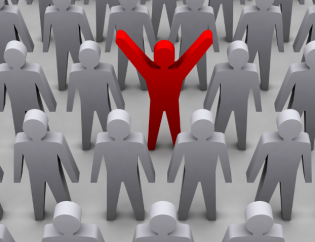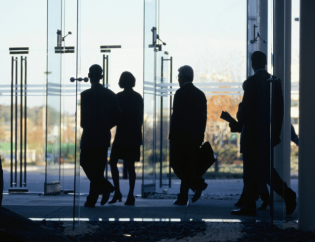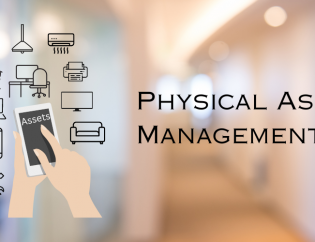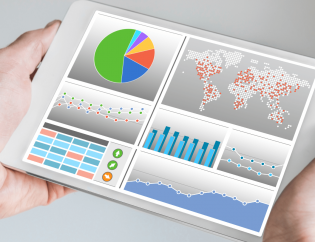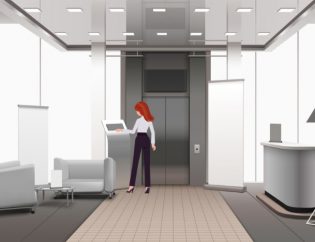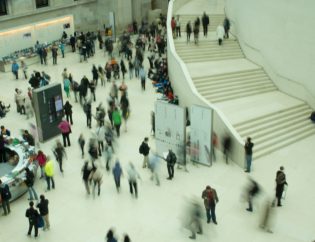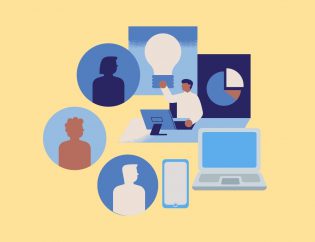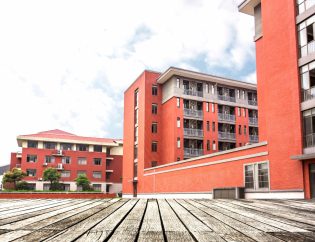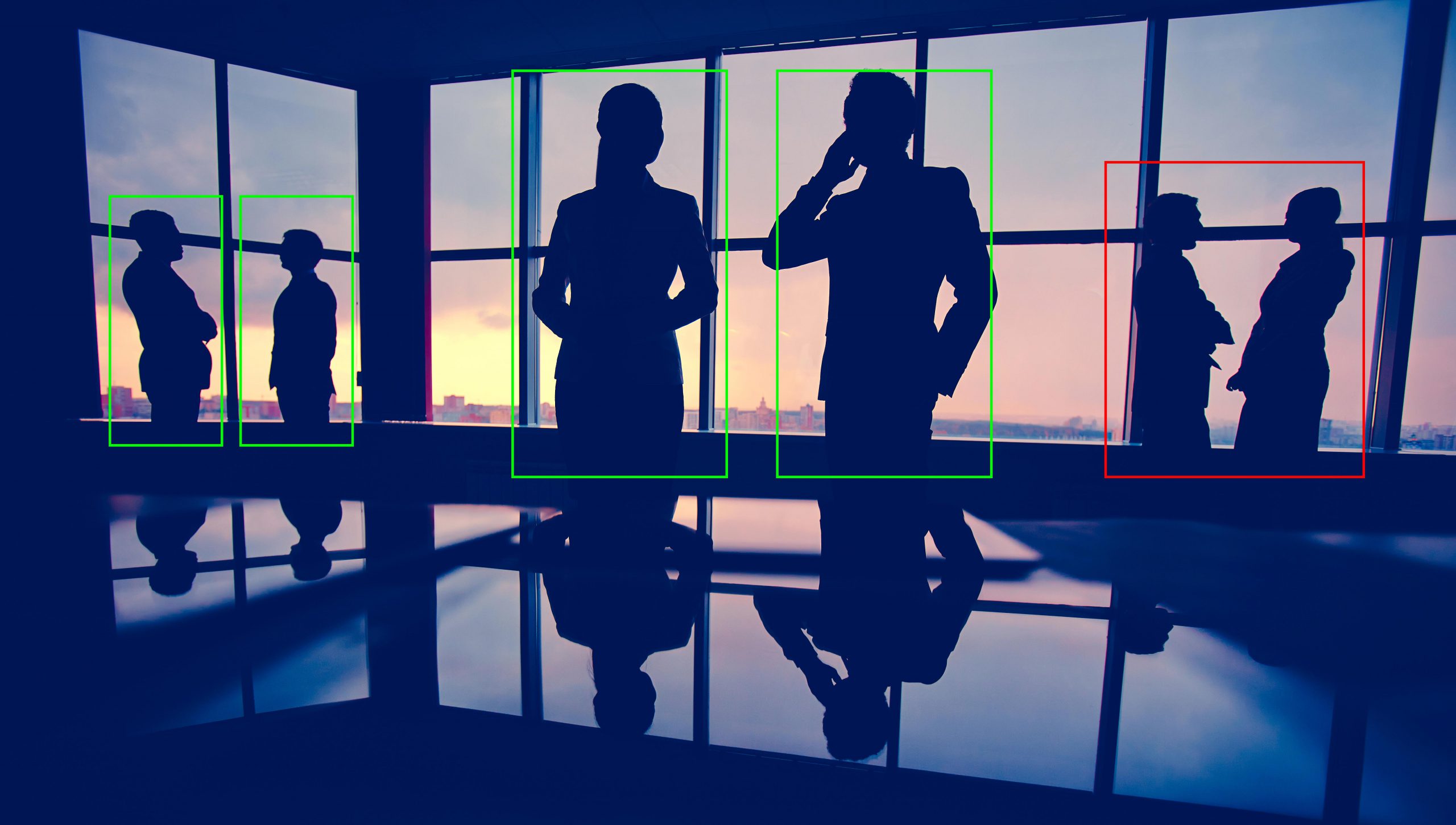
People counting solutions help businesses get a count of the number of people walking into, say a building or a store. The devices collect data that provide insights into the number of people that visit a location, peak hours, staffing requirements, and so on.
People counting technology has been in use in the retail industry for a while now. Businesses in the retail industry use various types of people counting technology to record footfalls, analyze inflow and outflow of customers, and optimize space layout and occupancy.
In this blog, you will learn how vision-based people counting technology and systems can be used to solve issues related to social distancing at the workplace. This is based on the recent discussions we have been having with businesses, especially, about the problems that vision-based people counting technology could solve for them.
Types of “People Counting” Technology
Different types of technologies are in use across industry for counting people and their inflow and outflow in a given location. Some of them include thermal, 3D cameras, infrared, WiFi, time of flight sensors, and videos.
Each type of people counting device has its own advantages and disadvantages depending on the technology.
What About Accuracy?
Most legacy people counting systems are either inaccurate or expensive.
However, with the latest technological innovations, people counting is becoming highly accurate, efficient, and cost-effective.
For example, deep learning algorithms with video analytics provide precise people counts, distance between people, and crowd density analysis. This can be used to solve a wide range of business problems across industry and not just in retail.
What Is Vision Technology?
A branch of artificial intelligence (AI), computer vision technology deals with how computers see and understand digital images and videos. In many ways, it performs tasks like a biological vision system, but is faster and more accurate.
As image recognition and analysis by computers become increasingly intelligent by the day, vision technology is being applied to a variety of tasks in a multitude of business scenarios.
Vision Technology For People Counting
Many types of businesses, not just retail, need to count people as they enter and exit their building or office premises. This data is then used for a wide range of purposes. In today’s times, for example, it can help organizations ensure compliance with social distancing and space occupancy protocols or vehicle tracking.
People counting devices based on vision technology are fast, accurate, and simple to execute. They analyse video images - such as those captured by CCTVs - and can identify various objects such as people, masks, and so on. Hardware requirements are minimal and setup and installation super quick.
How Vision-Based People Counting Helps Create A COVID Compliant Workplace
1.
Control Entry of People In A Given Area
Using vision-based technology with CCTV cameras, you can track the count of people entering and exiting any predefined space such as cafeterias or conference rooms. Using this data, you can:
- View the actual count of “inflow” and “outflow” of people and show it in a screen
- Fix a limit to the number of people that are allowed to gather in an area at one point in time
- “Automatically” restrict people flow or the number of people occupying a particular space
The system can be connected to access control such as doors and elevators. By doing this, the social distancing or occupancy issue can be automated. As soon as the occupancy in the given area reaches the threshold, access is automatically barred.
2.
Detect Congestion
A vision-based people counting system can measure the physical distance between people.
The system can perform crowd density analytics, which is helpful in regulating and monitoring crowd in any given area or time.
Distance and crowd related data is further used by the system to provide reports and analytics on social distancing behavior of people at the workplace.
Whenever the system detects any unusual gathering of people, or close proximities, it alerts the authorities or the command center. Timely decisions can be made based on alarms and notifications.
3.
Detect Violations Through Mask Scan
Vision technology has considerably advanced today.
Combining vision and facial recognition, the system can detect masks on people through surveillance cameras.
The system's capability to detect masks on people is highly useful in enforcing COVID safe and hygiene rules at the workplace.
If the employees or visitors know that they are being monitored, they are more likely to follow the rules.
The authorities can be alerted automatically if someone is not wearing a mask while being physically proximate to other people.
4.
Ensure Compliance Through Access Control
Manually restricting people and holding them accountable for their behavior is not going to be very effective, not in the near and long term.
Connecting people count and physical distance measures between them to access control such as doors, elevators, boom barriers, turnstiles, etc. is going to be more helpful.
Alarms and notifications during any breach and violations are the key to ensuring compliance. This is the most important part of the entire process of automating social distance monitoring and tracking.
A people counting system and its capabilities are incomplete if it is not integrated with access control.
Conclusion
People counting is used by many organizations to evaluate business needs, especially, those based on visitor traffic. For most of them, several strategic decisions are based on people counting data.
Today, people counting devices are increasingly used for social distance monitoring and compliance across industry.
The main issue, however, with most people counting solutions is the accuracy and cost-efficiency of the devices.
Solutions based on new technologies such as deep learning and vision computing solves this problem to a great extent. These systems perform video analytics to provide an accurate count of people - their inflow and outflow - as well as crowd density analysis.
Further, if it is connected to access control, you have an intelligent unified system - that not only counts people and analyses crowd density, but also automatically monitors and ensures compliance through physical controls.

